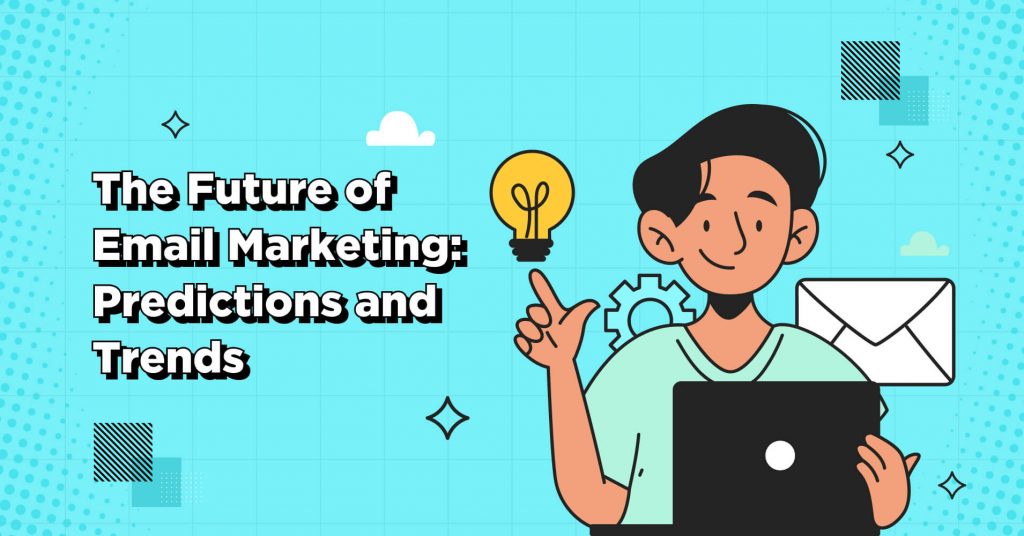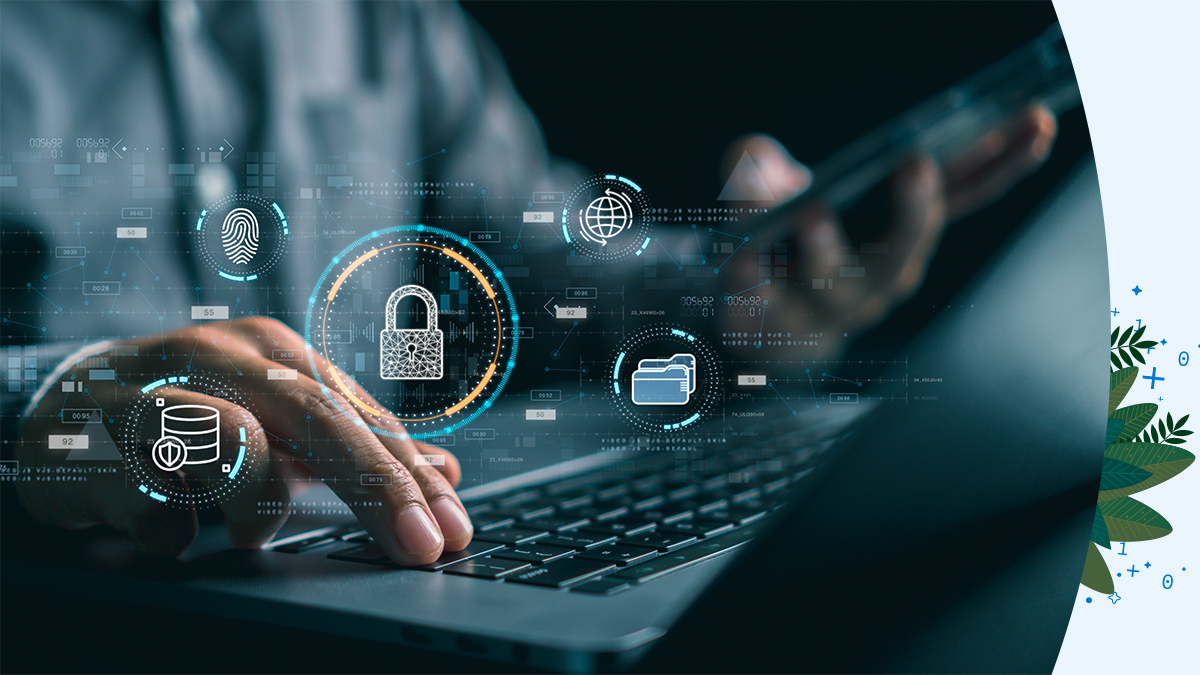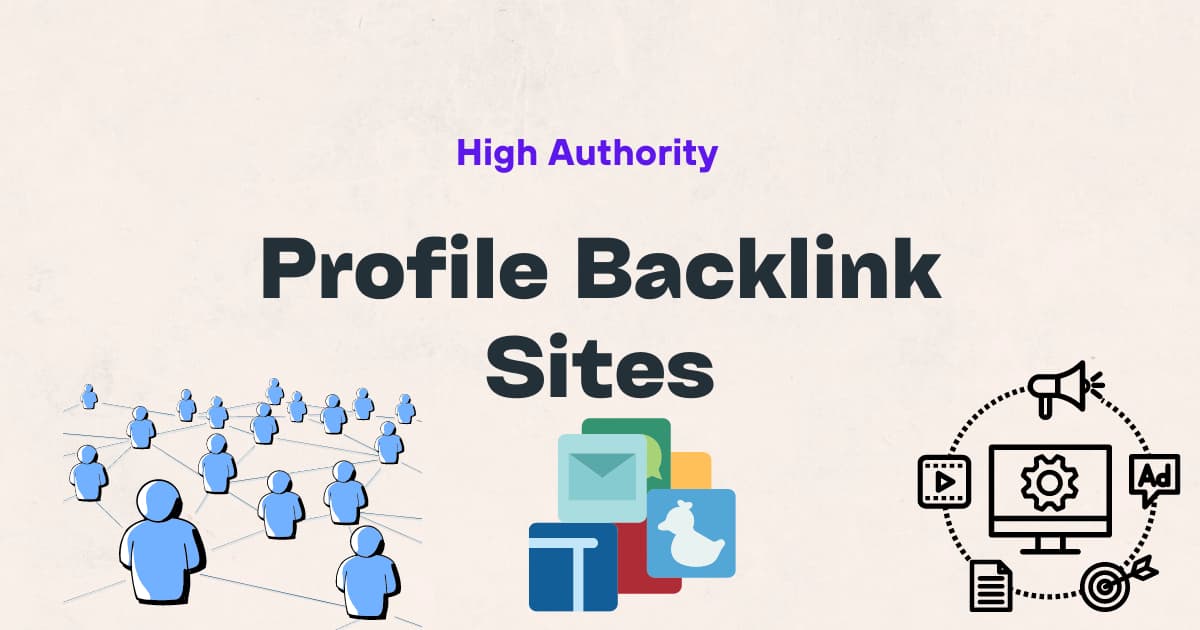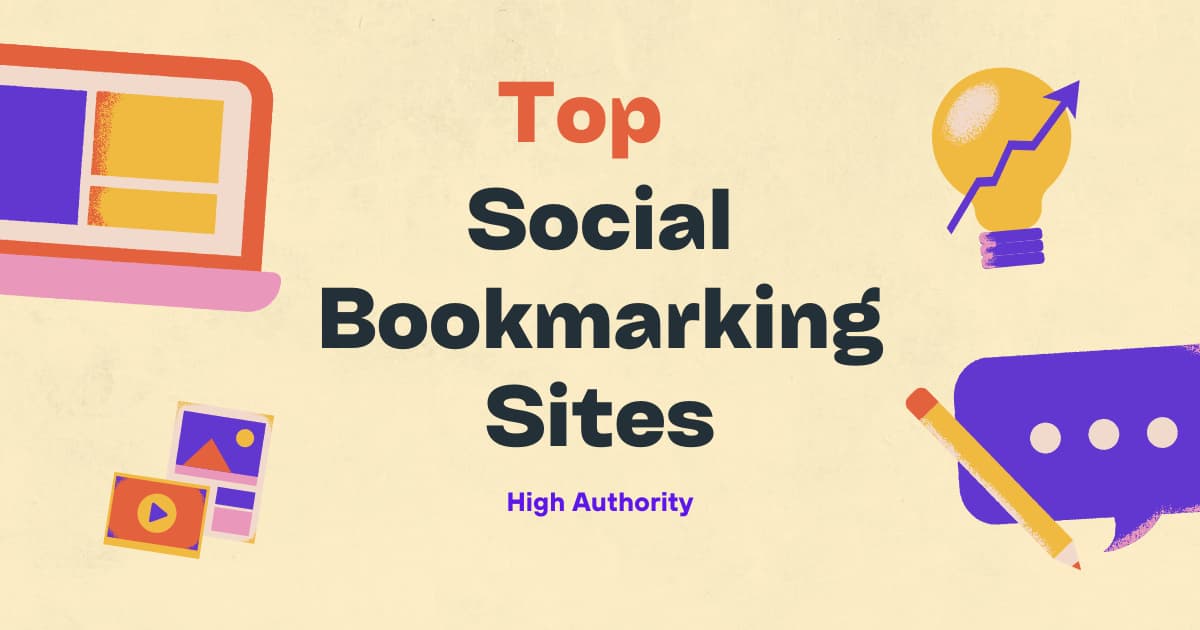The future of email marketing will see increased personalization and automation to enhance customer engagement. AI and machine learning will play a pivotal role in optimizing campaigns for better results.
As technology continues to advance, businesses must adapt to changing consumer preferences and behaviors to stay competitive in the evolving email marketing landscape. Keeping up with the latest trends and innovations will be crucial for companies looking to create impactful and targeted email campaigns that resonate with their audience.
By leveraging data-driven strategies and creative content, brands can build stronger relationships with customers and drive higher conversions through their email marketing efforts.
1. Rise Of Personalization In Email Marketing
Email marketing has come a long way since its inception, and one clear trend for the future is the rise of personalization. Gone are the days when marketers sent out generic bulk emails hoping for a few conversions. Today, customers expect tailored experiences that resonate with their individual needs and preferences. As technology advances, personalization in email marketing is set to reach new heights, offering exciting opportunities for businesses to connect with their audience on a deeper level.
1.1 Hyper-personalization
Hyper-personalization takes personalization to a whole new level. It involves leveraging data points and user behavior to create highly targeted and customized email content. By using advanced analytics, marketers can gain insights into individual customer preferences, shopping patterns, and browsing history. This allows them to craft personalized email campaigns that speak directly to the recipient’s interests, making the message more relevant and engaging.
1.2 Dynamic Content
Dynamic content is another powerful tool in the realm of email personalization. Unlike traditional static emails, dynamic content emails adapt and change based on the recipient’s characteristics or actions. Marketers can create rules and conditions that dictate what content gets displayed to each individual recipient. For example, a clothing retailer can send an email showcasing different product recommendations based on the recipient’s browsing history, gender, or location. This not only increases engagement but also provides a truly personalized experience that drives conversions.
1.3 Behavior-based Targeting
Behavior-based targeting takes personalization a step further by tailoring email campaigns based on customer behavior and actions. By analyzing how customers interact with their brand, marketers can segment their audience and deliver targeted messaging that matches their specific stage in the buying journey. For instance, if a customer has recently viewed a product but hasn’t made a purchase, an automated behavior-based email can be triggered to offer a discount or additional information to encourage conversion. By delivering the right message at the right time, behavior-based targeting enhances customer engagement and boosts the effectiveness of email marketing campaigns.
In conclusion, the rise of personalization in email marketing is an exciting development that enables businesses to connect with their audience on a deeper and more meaningful level. Through hyper-personalization, dynamic content, and behavior-based targeting, marketers can deliver tailored emails that resonate with individual needs and preferences. Embracing these trends will undoubtedly lead to more successful email marketing campaigns in the future.

2. Integration Of Artificial Intelligence (ai) In Email Marketing
Start of the blog post section
Artificial Intelligence (AI) is revolutionizing the way we approach email marketing. Integrating AI into email campaigns can enhance personalization and customer engagement like never before. Let’s delve into the key aspects of AI integration in email marketing.
Headings
2.1 Automated Email Campaigns
Automated email campaigns using AI streamline communication and improve customer interactions. By leveraging machine learning algorithms, marketers can send targeted emails based on user behavior, driving higher conversion rates.
2.2 Ai-powered Content Creation
The use of AI in content creation for emails ensures relevant and engaging messages. From subject lines to body content, AI analyzes data to deliver personalized content that resonates with recipients.
2.3 Predictive Analytics
AI-driven predictive analytics enable marketers to anticipate customer preferences and behavior patterns. By analyzing data points, AI can predict future actions, allowing for customized email strategies that enhance overall performance.
End of the blog post section
3. Enhanced Interactivity And User Experience
3. Enhanced Interactivity and User Experience
In the ever-evolving landscape of email marketing, enhancing interactivity and user experience is becoming pivotal in engaging and retaining recipients. It’s predicted that the future of email marketing will see a significant rise in personalized, interactive content that offers a seamless and engaging user experience.
3.1 Interactive Email Elements
The incorporation of interactive elements within emails is expected to soar, enabling recipients to engage directly within the email without being redirected to external web pages. These elements may include clickable buttons, image carousels, accordions, and more, allowing for enhanced user engagement and interaction.
3.2 Amp For Email
AMP for Email, or Accelerated Mobile Pages for Email, is poised to revolutionize the way emails are experienced. This technology allows for dynamic content and real-time updates within emails, offering a more app-like experience. With AMP for Email, users can complete tasks such as RSVPing to events, scheduling appointments, and filling out forms without leaving their inbox.
3.3 Personalized Video Content
The inclusion of personalized video content in emails is projected to become increasingly prevalent. By leveraging personalized videos, brands can create tailored, engaging experiences for recipients, significantly enhancing user engagement and driving conversions.
4. Mobile Optimization And Responsive Design
The future of email marketing heavily depends on efficient mobile optimization and responsive design. The increasing use of smartphones and other mobile devices necessitates a shift towards email strategies tailored for the mobile user experience. Here are the key aspects of mobile optimization and responsive design that are expected to shape the future of email marketing:
4.1 Mobile-first Approach
A mobile-first approach ensures that email campaigns are designed and developed with mobile devices as the primary consideration. This means creating content that is easily consumable on smaller screens and ensuring that the design is optimized for touch controls and gesture-based interactions. By prioritizing the mobile experience, businesses can cater to the growing segment of mobile email users and deliver content that resonates with them.
4.2 Scalable And Responsive Templates
Scalable and responsive templates allow email content to adapt seamlessly to various screen sizes and display resolutions. Utilizing scalable and responsive templates ensures that emails appear well-formatted and easy to read across different devices, be it smartphones, tablets, or desktops. This approach enhances user experience and boosts engagement by delivering consistent and visually appealing content.
4.3 Push Notifications
Push notifications enable businesses to reach their audience directly on their mobile devices, prompting users to engage with email content in real-time. Leveraging push notifications within email marketing campaigns can enhance user engagement, drive immediate action, and foster stronger connections with the target audience.
5. Embracing Automation And Email Workflows
5. Embracing Automation and Email Workflows
In the rapidly evolving landscape of email marketing, embracing automation and email workflows is becoming increasingly crucial. As we move into the future, businesses must leverage automated email sequences, drip campaigns, and triggered emails to maximize their marketing efforts and engage with their audience more effectively.
5.1 Automated Email Sequences
Automated email sequences enable businesses to create personalized and timely interactions with their subscribers without continuous manual intervention. By setting up automated triggers based on subscriber behavior or specific time intervals, businesses can deliver targeted content and nurture leads through a series of strategically planned emails, ultimately enhancing their overall conversion rates and customer retention.
5.2 Drip Campaigns
Drip campaigns are a series of pre-written emails that are systematically delivered to subscribers over a specific period. This approach allows businesses to tailor their messaging according to the subscriber’s journey, delivering relevant content at the right time. With drip campaigns, businesses can build a deeper connection with their audience, provide value-driven content, and guide them through the sales funnel, resulting in improved engagement and conversions.
5.3 Triggered Emails
Triggered emails are automated messages that are activated based on predefined conditions or actions taken by the recipient. Whether it’s a welcome email for new subscribers, cart abandonment reminders, or personalized recommendations, triggered emails enable businesses to deliver timely and targeted communication, increasing the relevance and impact of their messaging.
6. Integration With Other Marketing Channels
Discover how email marketing will evolve through seamless integration with other channels like social media and SMS, creating a holistic approach to engage customers and amplify brand visibility. This trend foresees tailored cross-channel strategies, driving enhanced customer experiences and increased conversions in the digital landscape.
In the rapidly evolving landscape of digital marketing, email marketing continues to hold its value as one of the most powerful tools for businesses to reach and engage their target audience. However, to stay ahead of the curve and achieve optimal results, email marketers are recognizing the importance of integrating their email campaigns with other marketing channels. This integration allows for a seamless, synchronized approach that enhances customer experiences and boosts overall marketing effectiveness.
6.1 Email And Social Media Synergy
Social media has revolutionized how brands engage with their customers, and savvy marketers understand the impact of combining the power of email and social media. By synergizing these channels, businesses can extend their reach, strengthen brand awareness, and foster deeper connections with their audience. The key to successful integration lies in utilizing social media to promote and optimize email campaigns, and vice versa. For example, businesses can embed social media sharing buttons in their emails to encourage recipients to share their content, thereby increasing brand visibility and expanding the organic reach of their email campaigns. On the other hand, email can be leveraged to promote social media contests, exclusive offers, or encourage subscribers to follow and engage with the brand on social platforms.
6.2 Email And Chatbot Integration
As technology continues to advance, chatbots have become an integral part of customer service and engagement strategies. By integrating email marketing with chatbot capabilities, businesses can provide personalized, real-time interactions with their audience, driving better engagement and conversion rates. Chatbots can be used to automate email responses, offer interactive conversational experiences through email, and provide timely updates and support. Through seamless integration, customers can receive immediate responses to their queries, while businesses can gather valuable data to refine their email targeting and segmentation strategies.
6.3 Email And Crm Collaboration
Collaboration between email marketing and Customer Relationship Management (CRM) systems is paramount for businesses aiming to deliver highly targeted and personalized email campaigns. Through integration, marketers can harness the power of CRM data to create tailored email content that resonates with individual recipients, based on their preferences, behaviors, and purchase history. By syncing email marketing efforts with CRM platforms, businesses can track customer interactions across different touchpoints, enrich customer profiles, and automate email workflows triggered by specific actions or events. This collaboration ensures that each email is relevant, timely, and aligns perfectly with the customer journey. In conclusion, integrating email marketing with other marketing channels opens up new avenues for businesses to engage with and delight their audience. Whether it’s combining email and social media, integrating chatbot capabilities, or collaborating with CRM systems, these integrations empower marketers to deliver more personalized and impactful email campaigns, driving higher engagement, conversions, and customer loyalty. Stay tuned for the upcoming trends and developments in the exciting world of email marketing!
7. Data Privacy And Security
Email marketing is a powerful tool that allows businesses to connect with their audience, build relationships, and drive conversions. However, with the growing concern around data privacy and security, it’s important for businesses to stay ahead of the curve and ensure they are adhering to regulatory requirements and implementing secure practices. In this section, we will explore three crucial aspects related to data privacy and security in email marketing: compliance with data protection regulations, encryption and secure data transmission, and user consent and transparency.
7.1 Compliance With Data Protection Regulations
In today’s digital landscape, data protection regulations are becoming increasingly stringent. Businesses need to be mindful of the laws and regulations in their jurisdiction, such as the General Data Protection Regulation (GDPR) in the European Union, and ensure they are compliant when it comes to collecting, storing, and processing customer data.
7.2 Encryption And Secure Data Transmission
Encryption is an essential aspect of ensuring the security of customer data in email marketing. It involves encoding the information in such a way that only authorized parties can access and understand it. Secure Sockets Layer (SSL) and Transport Layer Security (TLS) are commonly used encryption protocols that establish a secure connection between the sender and recipient, minimizing the risk of data breaches during transmission.
7.3 User Consent And Transparency
User consent and transparency are fundamental elements of maintaining trust and ensuring compliance with data protection regulations. Businesses must obtain explicit consent from their subscribers before collecting and using their personal information for email marketing purposes. This can be achieved through clear and unambiguous opt-in forms that clearly state how the data will be used. Additionally, businesses should provide users with easy-to-understand privacy policies that outline their data handling practices.
In conclusion, as the email marketing landscape evolves, data privacy and security will continue to be a top priority. By complying with data protection regulations, implementing encryption and secure data transmission practices, and ensuring user consent and transparency, businesses can establish themselves as trustworthy email marketers and build long-lasting relationships with their audience.

8. Omni-channel Approach To Email Marketing
The Future of Email Marketing: Predictions And Trends are continually evolving, with the 8. Omni-channel Approach to Email Marketing being a key aspect. This approach focuses on integrating email marketing with various communication channels to provide a seamless and unified experience for customers.
8.1 Integration With Other Communication Channels
Integration with other communication channels is crucial for a successful omni-channel approach. This involves syncing email marketing efforts with social media, SMS, and other platforms to reach customers consistently across multiple touchpoints.
8.2 Consistent Brand Experience
Maintaining a consistent brand experience across all communication channels is essential. This ensures that customers receive cohesive messaging and branding, regardless of the channel they are engaging with, building trust and loyalty.
8.3 Cross-channel Tracking And Attribution
Cross-channel tracking and attribution are vital for understanding the effectiveness of each channel in the customer journey. By tracking interactions across channels, marketers can attribute conversions accurately and optimize their campaigns based on real customer behavior data.

Frequently Asked Questions On The Future Of Email Marketing: Predictions And Trends
What Is The Future Of Email Marketing?
The future of email marketing looks promising. With advancements in personalization, automation, and AI, businesses can deliver targeted and relevant content to their subscribers. Email marketing will continue to be an effective and cost-efficient way to reach customers, drive engagement, and boost conversion rates.
What Will Happen To The Email In The Future?
Email will continue to evolve with new features for better communication and security. AI and automation will make it more efficient, but privacy concerns will also shape its future. Integration with other technologies like AR and VR will further enhance the email experience.
What Is The Next Big Thing In Email Marketing?
Personalization and interactive content are the next big things in email marketing to engage subscribers and drive conversions.
What Will Replace Email Marketing?
Email marketing will not be replaced altogether. However, AI and automation will enhance personalization and efficiency in marketing strategies. Social media and messaging apps will also play a significant role in direct customer engagement.
Conclusion
As we move forward, personalized content and interactive features will shape email marketing strategies. Embracing automation and prioritizing customer engagement will lead to success in the digital landscape. Stay adaptable to emerging technologies and consumer preferences to stay ahead in the evolving email marketing realm.




